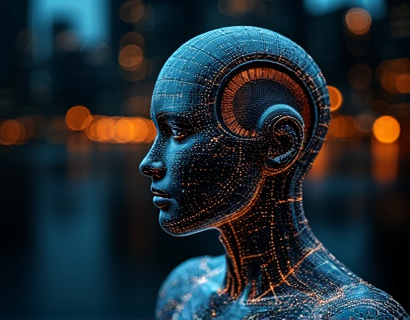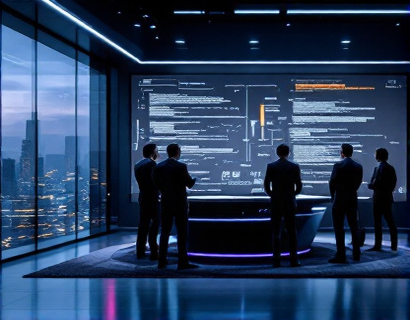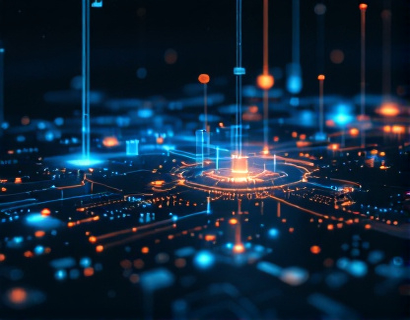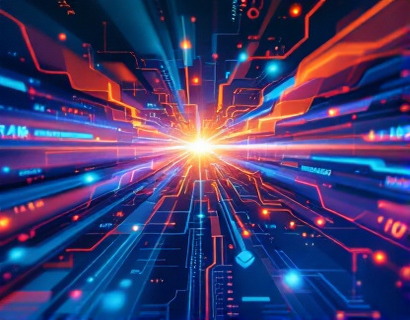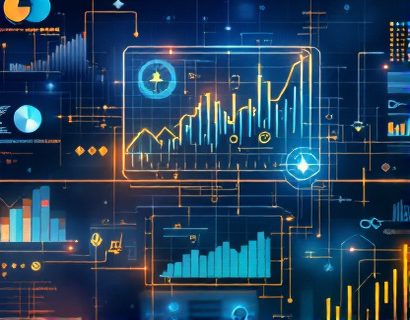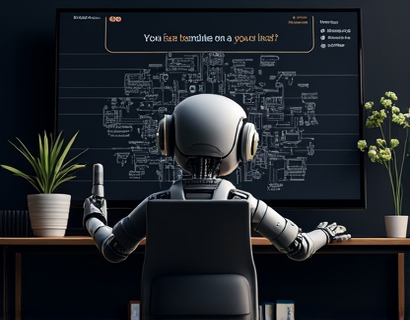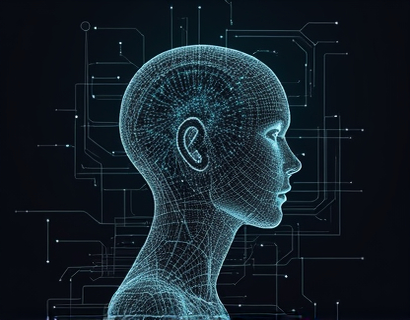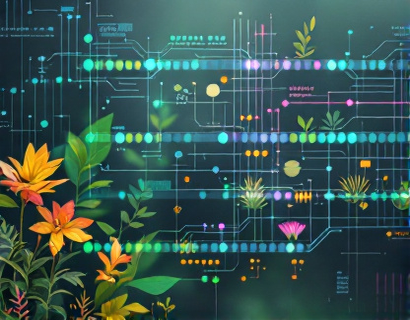Unlock Global Connectivity with Cutting-Edge AI Translation Technology
In an increasingly interconnected world, the ability to communicate seamlessly across languages and cultures is more crucial than ever. The rise of global businesses, international collaborations, and cross-cultural exchanges has heightened the need for precise and rapid translation solutions. This article delves into how cutting-edge AI translation technology is revolutionizing global communication, breaking down language barriers, and enhancing business interactions across diverse industries.
Understanding the Importance of Accurate Translation
Accurate translation is not just about converting words from one language to another; it involves understanding context, nuances, and cultural subtleties. Misinterpretations can lead to misunderstandings, lost opportunities, and damaged relationships. Traditional translation methods often fall short in providing the level of precision and speed required in today's fast-paced global environment. This is where advanced AI translation technology steps in, offering a solution that is both efficient and accurate.
How AI Translation Technology Works
AI translation technology leverages machine learning algorithms and natural language processing to analyze and translate text. These systems are trained on vast datasets, enabling them to learn from millions of examples and improve over time. The process involves several key steps:
- Text Analysis: The AI system breaks down the input text into manageable segments, analyzing grammar, syntax, and context.
- Context Understanding: Advanced algorithms interpret the context, including idiomatic expressions and cultural references.
- Translation Engine: The core translation engine converts the text into the target language, ensuring accuracy and natural flow.
- Post-Processing: The translated text is refined to maintain coherence and readability.
This sophisticated approach ensures that translations are not only linguistically correct but also culturally appropriate, making communication more effective and natural.
Benefits of AI Translation for Businesses
For businesses operating in a global market, AI translation technology offers numerous advantages:
Enhanced Communication
AI translation breaks down language barriers, enabling smoother communication between teams, partners, and customers worldwide. This leads to better collaboration, faster decision-making, and improved customer satisfaction.
Cost Efficiency
Traditional translation services can be expensive, especially for large volumes of text. AI translation provides a cost-effective alternative, reducing expenses while maintaining high-quality translations. This makes global communication accessible to businesses of all sizes.
Speed and Efficiency
AI translation systems can process and translate large amounts of text in real-time, significantly speeding up communication. This is particularly beneficial for time-sensitive tasks such as market research, customer support, and international negotiations.
Scalability
As businesses grow, their translation needs increase. AI translation technology scales seamlessly, handling growing volumes of text without a drop in quality or performance. This scalability ensures that businesses can expand globally with confidence.
Applications Across Industries
The impact of AI translation technology extends across various industries, each benefiting in unique ways:
Healthcare
In healthcare, accurate translation is vital for patient care and safety. AI translation helps medical professionals communicate effectively with patients who speak different languages, ensuring that critical information is conveyed accurately. This improves patient outcomes and enhances the overall quality of care.
Finance and Banking
Financial institutions operate in a highly regulated environment where precision is paramount. AI translation ensures that documents, contracts, and communications are accurately translated, reducing the risk of errors and legal issues. This is crucial for maintaining trust and compliance in international transactions.
Travel and Hospitality
The travel industry benefits greatly from AI translation, enhancing the experience for both travelers and service providers. From hotel reservations to in-flight announcements, accurate and timely translations ensure that guests feel welcome and well-informed, fostering positive experiences and repeat business.
Education
In education, AI translation facilitates international collaborations and access to global resources. Students and educators can engage with materials and peers from around the world, enriching the learning experience and promoting cultural exchange.
Challenges and Considerations
While AI translation technology offers significant advantages, there are challenges and considerations to keep in mind:
Contextual Accuracy
AI systems, despite their advanced capabilities, can sometimes struggle with highly contextual or nuanced content. Human oversight is essential to ensure that translations maintain the intended meaning and tone.
Specialized Vocabulary
Certain industries, such as law and medicine, use specialized terminology that may not be fully captured by AI systems. Custom dictionaries and expert input can help improve accuracy in these areas.
Continuous Learning
AI translation systems require ongoing training and updates to stay current with language evolution and new expressions. Regular feedback and data input are crucial for maintaining and improving translation quality.
Future Trends in AI Translation
The field of AI translation is rapidly evolving, with several trends shaping its future:
Multimodal Translation
Next-generation AI translation systems will integrate multiple forms of input, such as text, speech, and even images, to provide more comprehensive and context-rich translations.
Real-Time Translation Devices
Advancements in hardware and software will lead to more portable and user-friendly devices capable of real-time translation, making global communication even more seamless.
Enhanced Personalization
AI systems will become more adept at personalizing translations based on individual preferences, past interactions, and specific contexts, further enhancing user experience.
Conclusion
AI translation technology is transforming the way we communicate globally, breaking down language barriers and fostering deeper connections. By offering precise, rapid, and efficient translations, it is revolutionizing industries and empowering businesses and individuals to connect effortlessly across languages and cultures. As the technology continues to advance, the future of global communication looks brighter and more interconnected than ever.




